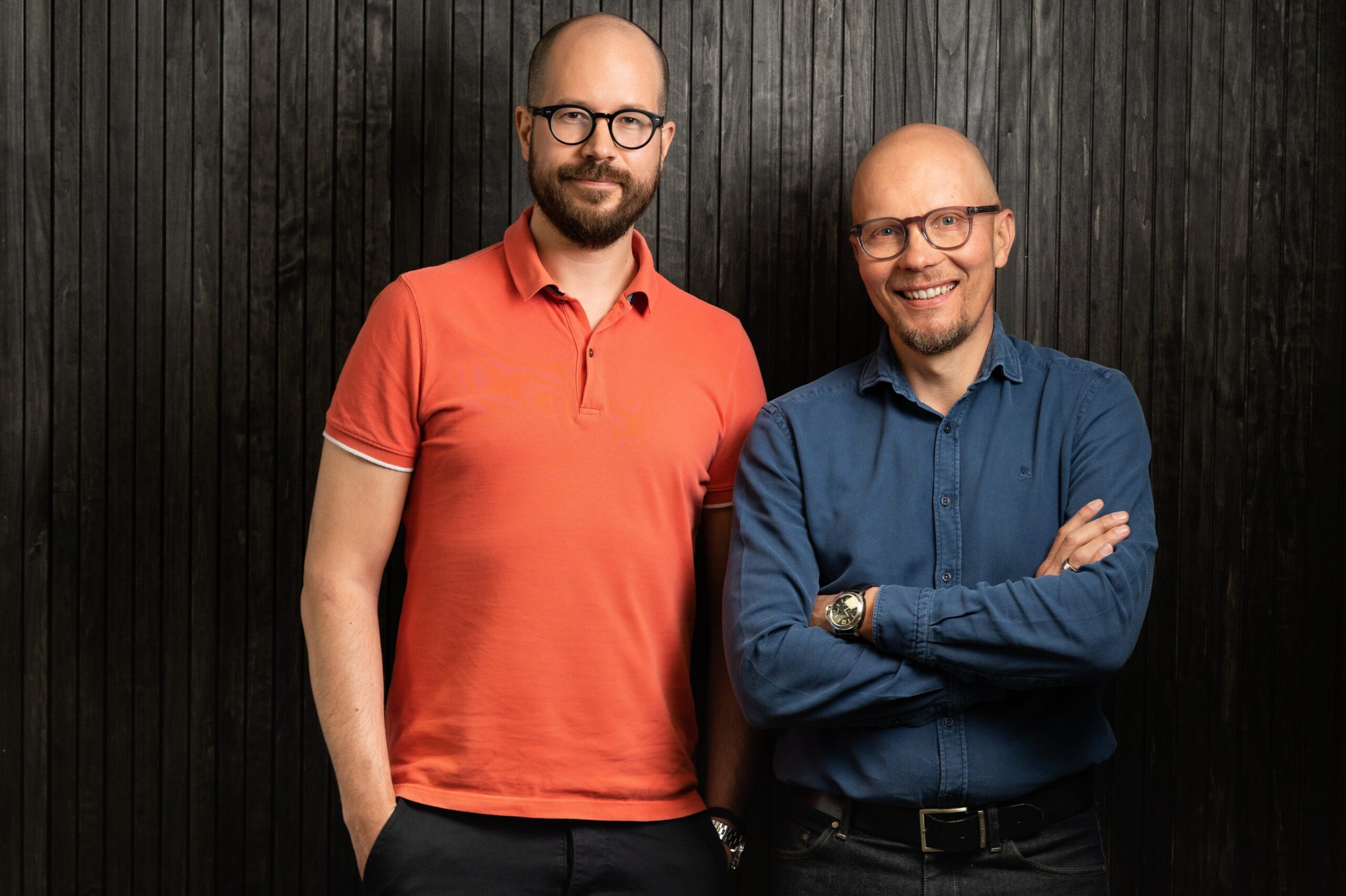Why is digital commerce broken, and how should it be fixed?

We started our journey as Costa Commerce because we felt that something had to be done. If you have read our manifesto, you already know that we see that there’s lots to do when it comes to improving the state and productivity of digital commerce.
I wanted to write down some notes on what’s broken, and what we should do to fix the scene and raise the bar for all businesses trying to create digital growth.
Root problem rising from history: digital commerce as a no man’s land
Digital commerce has been around for a good while, but not for that long yet. From the beginning its place has been in between different disciplines: between IT and business development, between sales and marketing.
Being this kind of a no man’s land has set digital commerce up for friction that also involves internal politics: who sets the goals and metrics? Whose team and which functions are responsible for digital growth? And so on.
Some organizations have been developing and managing digital commerce from an IT perspective. It’s been led by technology and tech skills, and the end result has too often been a hollow showoff of the latest tech opportunities and gadgets.
On the opposite end of the same line, digital commerce has had too much focus on pixel-perfect design and beautiful content, developed to serve as a mere display window. In these cases there’s a risk of forgetting the basic rules and laws of selling – leading again to a mediocre buying experience and falling short in results.
Another issue: it seems easy – but isn’t
The biggest pitfall is that from the surface digital selling and buying seems quite easy to understand. Too often we still fall into the trap of thinking that anyone who’s using Spotify or Netflix can tell how an exceptional digital buying experience should be crafted and what it takes.
All this leads to a situation where it’s more convenient to settle for less: to accept that eCom is indeed a no man’s land that will take ages to bring any results – not to mention actual growth.
And if the measuring is based on vanity metrics it may seem that all’s well, even though the bar could – and should – be set a lot higher.
So how should it be then?
First of all: digital commerce cannot be run by pure common sense. It takes a fine blend of understanding science, technology and art of business. It needs a person keenly sensitive to nuances of human emotions and motivation, with a gift to articulate abstract. Experience is needed to give judgment that goes beyond technology and marketing nonsense.
Someone with a general manager background cannot just swing it. That’s why digital commerce should be run by a seasoned professional with autonomy – and matching accountability.
Think about your local convenience store belonging to a bigger retail chain. The store owner takes care of the assortment and shelving, checks the storefront and oversees the customer experience and shop performance day in, day out.
The store owner doesn’t own the brand below which they operate, they don’t own the products or the strategy set by the retail chain.
What they have is an overall responsibility of their store’s performance and a full mandate to take the actions necessary to reach the growth goals set by the mother company – in this case the retail chain.
What I’m saying is that digital commerce should be considered a business of its own, with the same kind of autonomy the shop owner has, utilizing the expertise of marketing, IT and other departments where needed. Obviously digital commerce is implementing the company’s overall strategy and contributing to the agreed growth goals – with its own premises.
Ready to make a change?
Every digital professional knows that nothing is as easy as telling others how to make things happen. Then, when you actually start making changes, it appears to be next to impossible.
Why is it so?
One of the scariest things about changing the way we think about digital commerce is that it really challenges the status quo and the way we are used to operating. We’ve seen the new way for growth causing friction and even suspicion in the beginning, but as they say: good things come to those who work for them.
In most cases the change needs an outside boost, usually from some kind of a consultant. This is also our playing field: our job is to help you find out what’s keeping you from taking the next step in your digital growth.
There are a couple of good reasons for playing with us at Costa, too.
The biggest one is that we’ve been through all this many times, on both sides of the table.
We have felt the pain of not reaching our inhouse goals, but also succeeded in finding the path for growth in each situation. We know which pitfalls should be hopped over and how to do it, and we have enough experience to know when to trust our guts and when to gain knowledge by experimenting or testing.
Feel like talking to someone who understands? Try us.
Shoot us a message here and let’s see what’s holding you back.

Esamatti Vuolle
Costa Commerce
CEO & Founder
Lisää vaikuttajalta Esamatti Vuolle
Lisää kategoriasta Johtaminen


